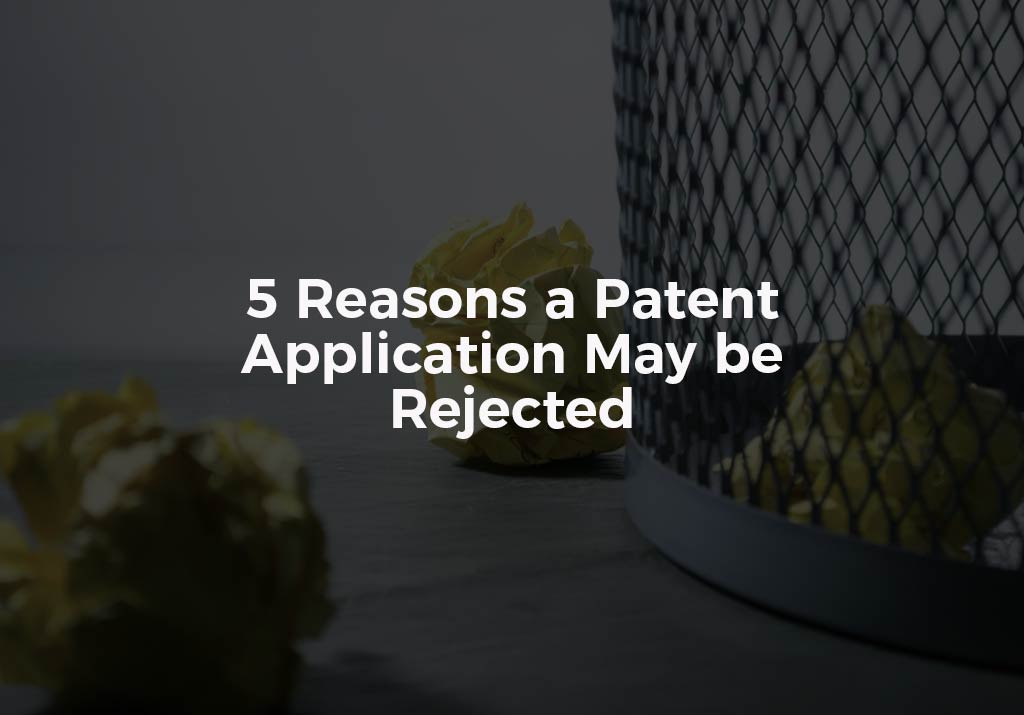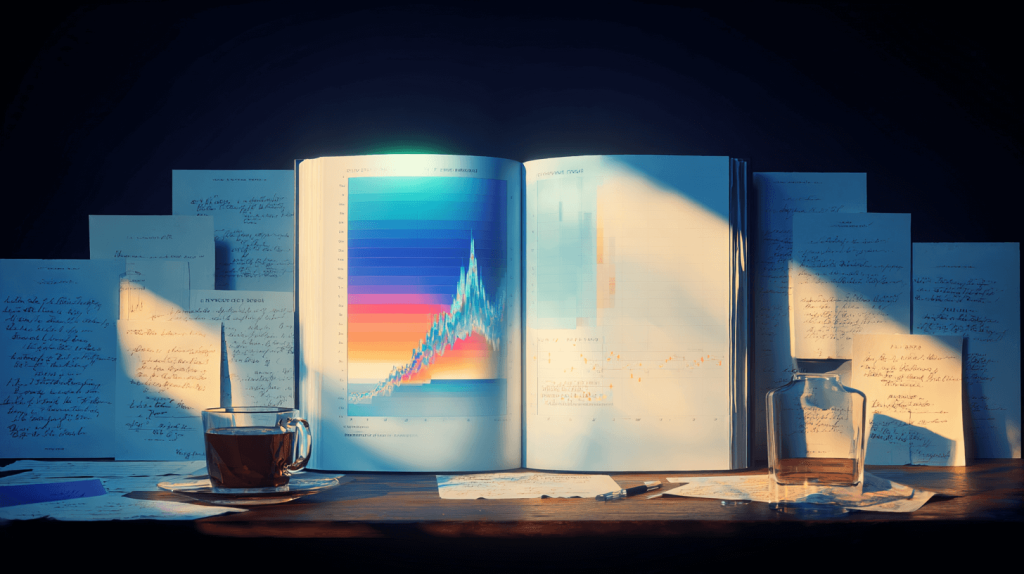The USPTO gives a non-final rejection to 86.4% of applications submitted. This leads to amendments and continuation procedures to create related applications.
When your patent application gets rejected, you will have to spend more time and money to address the issues raised by the USPTO. You can save yourself this extra time, expense, and frustration by avoiding making mistakes that trigger a rejection.
Here are the top five reasons patent applications get rejected.
1. Your Invention Is Obvious
The term obvious is used in the patent world a little differently than how it is generally understood. For patent folk, the term refers to an objective test. It means that a single reference or several prior references render your invention obvious.
What this means is that your claimed elements are also found in a prior application. There is a reason to combine those elements and form your invention.
This is one of the most common reasons for rejection and has a difficult threshold to overcome
2. It Is Not Novel
When the term novel appears in patent conversation, it refers to how unique your invention is. For your invention to be novel, there should be no prior mention, disclosure, application, product, or article that uses your invention or elements of it.
Novelty becomes a question when your invention is too similar to something that has already been done before. Novelty and obviousness are not the same things. Novelty relies on a single reference for rejection, while obviousness can use a combination of references to build the rejection.
3. The Application Is Created Incorrectly
This rejection is why hiring an experienced legal team is so important. When you file your application yourself, you are a pro se applicant. You set yourself up for rejection by filing your own patent application.
Even the Supreme Court has acknowledged that patent applications are some of the most demanding and difficult legal instruments to create.
If you don’t punctuate your claim correctly, you will receive a rejection. Here are some other pitfalls that applications fall into and trigger a rejection:
- Discussing element not properly introduced
- Directing the reader to material not discussed in the written description
- Directing to material not in the drawings
- Inconsistent use of terms
- Not written in proper dependent form
Fall into one of the many pitfalls that are the minefield of patent application requirements, and you risk rejection, expensive surcharges, or a delay in your application.
4. Non-Patentable Subject Matter
This isn’t a common rejection, but if this is the one you get, it will be very difficult to overcome. While you can patent almost anything, there are some things that just flat out aren’t. For instance, you cannot patent the theory of gravity.
Here are some other things you cannot patent:
- Physical phenomena
- Living things
- Mathematical equations
- Discoveries
- Abstract Ideas
- Method of medical treatment
You save yourself a lot of frustration by working with a patent attorney from the beginning of your quest for a patent. They can explain the likelihood of you being successful if you want to patent something that falls into a category on this list.
5. Issues with the Drawings
There was a time when your application drawings had a very strict set of regulations they needed to abide by. Despite those regulations loosening, there are still a variety of ways your drawing can create issues.
Do not use colors, shading, or greys. These often lead to the rejection of your application.
You also need to have the cleanest drawing possible with no smudges, blurry lines, or stray marks.
The goal is to have the highest quality drawing possible when your patent gets published. Because of this, even perfectly clean drawings with grey lines that look black will get rejected. This not quite black drawing lacks the quality of a pure black and white marked drawing.
Have Your Patent Application Approved
As you can see, there are many pitfalls you can fall into when creating your patent application. The best course of action is to work with a legal team that has the skills to create your error-free application.
Contact us today and let us help you get your notice of allowance.
Related Article: What is Patentable? Everything You Need To Know About USPTO Patentability Requirements




